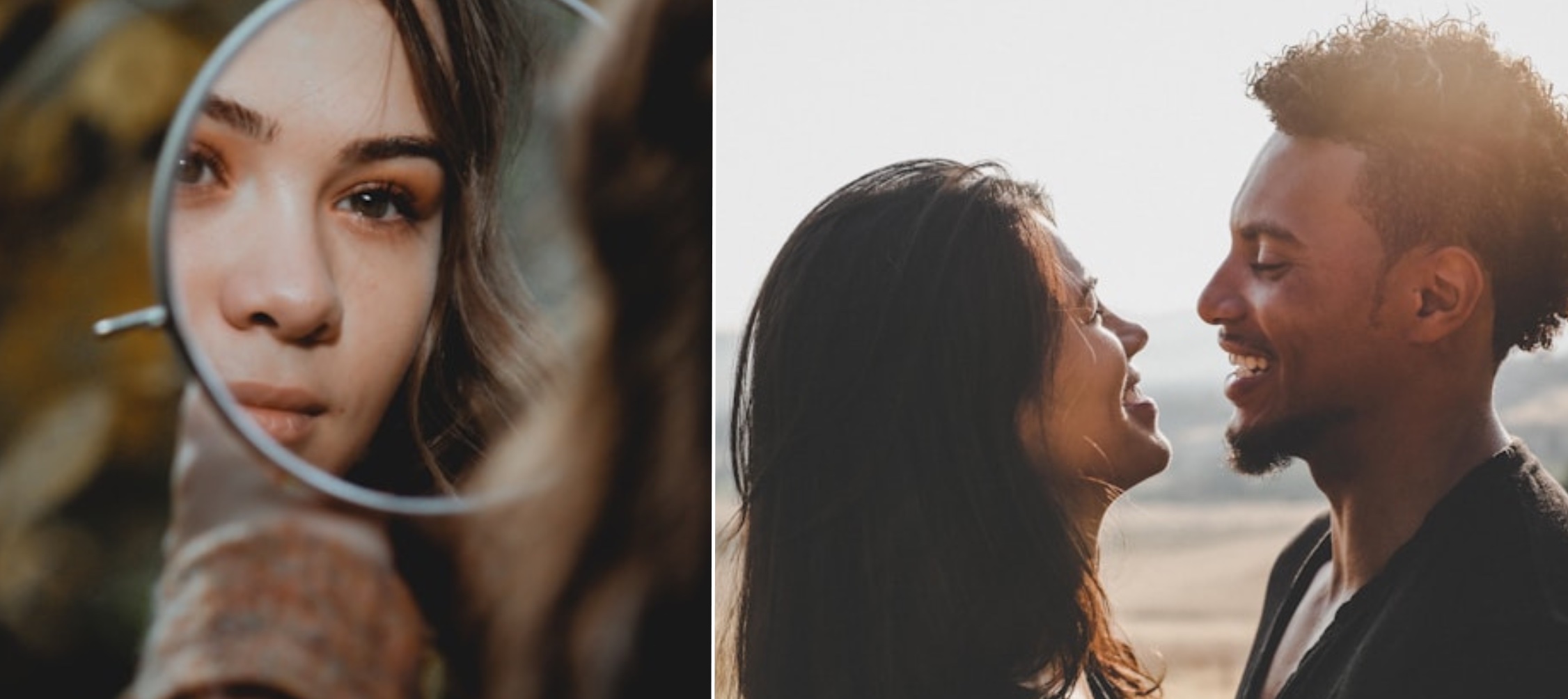Caroline Klebl is a yoga master and a vegan chef, who conducts Yoga Teacher Training Programs and retreats in Los Angeles (and in beautiful tropical retreat destinations around the world). She has been teaching Yoga since, 1997 and developed a 200 and 500 hour Yoga Teacher Training Program. She learned the Ashtanga Yoga method, from Sri K Pattabhi Jois, over the course of nine years and was authorized to teach Ashtanga Yoga by Sri K Pattabhi Jois in 2005. With a background in Tibetan Buddhism, Iyengar and Viniyoga, she practices and teaches Ashtanga Yoga. She studied traditional Ayurveda and Pancha Karma, Sanskrit and Yoga Philosophy in South India and received a PhD in Yoga from the Indian University of Alternative Medicine.
We here at hoopLA were luck enough to have her explain three poses for beginners. So now, we (and you) and practice your Yoga poses:
Uttanasana – standing forward bend
This asana stretches the backs of the legs, hips and back. Stand straight, raise the arms over the head on the inhale and fold forward and down on the exhale. Place the hands on the floor on either side of the feet and remain here for 10 breaths.
Urdhva Mukha Shvanasana – upward facing dog posture
The upward dog, is a dynamic back bend, that strengthens the arms, legs and shoulders and stretches the back and ribcage. Lie on the stomach. Point the toes back, place the hands on the floor next to the rip cage. Press the tops of the feet into the floor, so that the knee lift up off of the floor. Then inhaling, straighten the arms, reach the rip cage forward between the arms and arch the head back. Remain here for 5-10 breaths.
Adho Mukha Shvanasana – downward facing dog posture
The downward dog stretches the backs of the legs, ankles, back, hips and shoulders. It inverts the torso, to improve blood circulation in the torso and head. Begin on the hands and knees. Place the hands should width apart underneath the shoulders and the knees hip width apart. Curl the toes under. Exhale, lift the hips back and up, by straightening the legs. Extend through the shoulders, until the arms are in line with the torso. Reach the heel down to the floor. Draw the chin into the sternum and look toward the navel. Remain here for 10 breaths.
Healthy snacks before Yoga practice
It is best not to eat prior to Yoga practice. Drinking a glass of water, with lemon or herbal tea are good ways to stay hydrated and assist with detoxification.
Healthy snacks after Yoga practice
Coconut water is a good way to replenish electrolytes after yoga practice. Herbal chai, prepared with rooibos tea, cinnamon, ginger, cardamom, black pepper, clove and stevia can be enjoyed with low fat milk or soymilk. Fresh fruits and low fat yogurt is also a healthy nutritious vegetarian snack.
Whew! Got it? Stay tuned for more on her Yoga DVD!









